Comments / Questions (230)
![]() Dorota wrote:
Dorota wrote:
Witam. Jestem na początku i zaczynam schemat A1 ale nie ma różnicy między ściągaczem a resztą swetra. Ściągacz zrobiłam 1o.p, 2 o.l. , ale schemat A1 jest taki sam i nie widzę gdzie robie błąd. Możesz mi pomóc, proszę? Pozdrawiam
14.11.2020 - 22:49DROPS Design answered:
Witaj Doroto! Ściągacz przerabiasz 1 o.p., 2 o.l. i tak aż do końca. A schemat A.1 przerabiasz: w 1 okrążeniu 1 o.p., 2 o.l., a w kolejnym okrążeniu wszystkie oczka na prawo (wtedy między oczkami prawymi będzie przerabiany ścieg francuski, a nie dżersej lewy jak na ściągaczu). Miłej pracy!
16.11.2020 - 09:38
![]() Emilio wrote:
Emilio wrote:
J'ai fait le premier tour après avoir glissé les manches sur le corps. Appelons ceci le "tour 1". A ce point, il faut commencer les diminutions. Est-que on fait les diminutions immédiatement sur le tour 2? Ou "diminuer touts les 2 tours" signifie "la première diminution est au tour 3?
03.11.2020 - 18:21DROPS Design answered:
Bonjour Emilio, vous diminuez immédiatement au 2ème tour tricoté sur toutes les mailles, puis tricotez 1 tour sans diminuer et répétez ces 2 tours ainsi. Attention, sur les manches, vous diminuez au début tous les 4 tours (1 tour de diminution, 3 tours sans diminuer). Vous allez ainsi diminuer au début alternativement 8 mailles (= dos, devant et manches) ou 4 mailles (dos & devant seulement). Bon tricot!
04.11.2020 - 08:58
![]() Beth wrote:
Beth wrote:
Do you just need two markers for the body? Don't quite understand the directions.
31.10.2020 - 08:49DROPS Design answered:
Dear Beth. this sweater is knitted from the bottom up, so for the body you do need only two markers, one for each side. Don't forget, if you need help with the directions you can always ask for help (either in person or over the phone) from the store you bought your DROPS yarn from. Happy Knitting!
31.10.2020 - 13:15
![]() Martelleur Christophe wrote:
Martelleur Christophe wrote:
Bonjour l'équipe, Je viens de mettre mes 3 tubes (manches et corps) ensemble sur un seul câble, poser mes 4 anneaux marqueurs. Auriez vous des explications simplifiées (pas à pas) afin que je parvienne à finir cet ouvrage ? Merci beaucoup. Christophe.
06.10.2020 - 09:23DROPS Design answered:
Bonjour Christophe, continuez à tricoter les mailles comme avant, mais sur les 8 mailles des raglans (4 m avant + 4 m après chaque marqueur), vous tricoterez A.2. Vous allez ensuite diminuer en fonction de la taille soit 8 m (dos, devant et manches) soit 4 m seulement (dos/devant ou manches). Bon tricot!
06.10.2020 - 11:30
![]() Mariarosaria wrote:
Mariarosaria wrote:
Buongiorno per maglia a legaccio si intende che devo lavorare a diritto?
09.09.2020 - 10:23DROPS Design answered:
Buongiorno Mariarosaria, la maglia a legaccio è lavorata a diritto su tutti i ferri, per il lavoro in piano e 1 giro a diritto e 1 a rovescio per la lavorazione in tondo. Buon lavoro!
10.09.2020 - 10:16
![]() Astrid wrote:
Astrid wrote:
Ik ben zover dat ik aan de verhoging voor het achterpand kan beginnen. Waar ik absoluut niet uitkom is de mindering die daarvoor uitgevoerd moet worden. Er moeten 8 steken op de heengaande toer geminderd worden. WELKE methode is dat? Is dat 3 steken samenbreien en dus op 4 plekken en zo ja welke vier plekken zijn dat dan. Graag een uitgebreide toelichting.
26.08.2020 - 11:23DROPS Design answered:
Dag Astrid,
Tegelijkertijd met dat je een verhoging breit, brei je ook de minderingen voor de raglan in de overgangen tussen de panden en de mouwen. Deze raglanminderingen doe je steeds voor en na A.2 (zie beschriiving bovenin het patroon). Tegelijkertijd brei je verkorte naalden voor de verhoging in de hals aan de achterkant.
31.08.2020 - 09:19
![]() Kaitlin wrote:
Kaitlin wrote:
Hello, I just have a question about the increases on the body. When I am working A1 and increase either side of the markers, do I work these increases as a pearl stitches as I progress? Or do I try to incorporate the knit stitch into these increases? Thanks so much!
23.07.2020 - 14:08DROPS Design answered:
Dear Kaitlin, the new stitches should be incorporated in pattern, so that the pattern still matches on front/back piece (but due to these increases, it won't match anymore on the sides). Happy knitting!
29.07.2020 - 09:19
![]() Martelleur wrote:
Martelleur wrote:
DOS & DEVANT: Monter 150-162-168-192-210-234 m en Nepal avec l'aiguille circulaire 5 et tricoter: *1 m env, (1 m end, 2 m env), répéter de (-) encore 23-25-26-30-33-37 fois, 1 m end, 1 m env, placer un marqueur ici (= côté)*, répéter de *-* encore 1 fois. Lorsque je fais le compte de la totalité de ces mailles j'arrive à 144 ? Comment dois je procéder ?
18.07.2020 - 15:20DROPS Design answered:
Bonjour Mme Martelleur, vous devez répéter (1 m end, 2 m env) encore 23 fois, soit 24 fois au total, autrement dit tricotez: *1 m env, 24 fois (1 m end, 2 m env), 1 m end, 1 m env* x2 = (1+24x3 + 2)x2= 150 m. Bon tricot!
20.07.2020 - 09:20
![]() Kammya Prasad wrote:
Kammya Prasad wrote:
My chest measurement is 41 inches. Which should I go for? Please help Also what is the positive ease in each size of this pattern (Twin River)
10.07.2020 - 16:35DROPS Design answered:
Dear Mr Prasad, measure a jumper you have and like the shape and compare them to the ones in measurement chart, this is the easiest way to find your size - read more here. Happy knitting!
10.07.2020 - 16:43
![]() Melanie wrote:
Melanie wrote:
Thank you for your reply. I tried with 6mm and 7mm needles, but neither of those reached 10cm in width. Looking at the picture of the completed sweater again, it looks like perhaps I'm meant to stretch the knitted fabric to measure it (since it's knitted in A1 pattern). When I stretch the knitted piece slightly, I do get 10cm width with my 5mm needles. Is that the right thing to do? Or should it measure 10cm without stretching it at all?
03.06.2020 - 15:16DROPS Design answered:
Dear Melanie, you can try to wash and let dry your swatch to check the tension , this might also help to decide if you have to change needle size or not. Your DROPS Store might have even more tipps for you, do not hesitate to contact them, even per mail or telephone. Happy knitting!
03.06.2020 - 15:52
Twin River#twinriversweater |
|||||||
 |
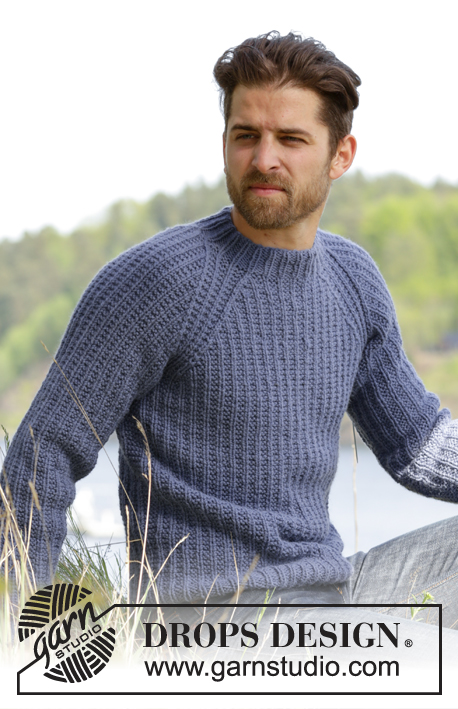 |
||||||
Knitted DROPS men’s jumper with textured pattern and raglan in Nepal. Size: S - XXXL.
DROPS 174-14 |
|||||||
|
PATTERN: See diagrams A.1 and A.2. RAGLAN: Dec as follows before A.2: Work until 2 sts remain before A.2, K the next 2 tog. Dec as follows after A.2: Slip 1 st as if to K, K 1, psso INCREASE TIP (BODY): Inc 4 sts on round as follows: Work until 1 st remains before marker in the side, 1 YO, work 2 sts in garter st, 1 YO (= 2 sts inc). Repeat inc in the other side of piece. On next round work YO twisted to avoid holes. Work the new sts in garter st. INCREASE TIP (SLEEVE): Inc as follows mid under sleeve: Work until 1 st remains before marker, 1 YO, work 2 sts in garter st, 1 YO. On next round work YO twisted to avoid holes. Work the inc sts gradually in the pattern. NOTE: Work sts on each side of marker in garter st. RAGLAN DEC (ELEVATION): All dec are done from RS! Dec as follows after A.2: K 3 twisted tog. Dec as follows before A.2: Work until 3 sts remain before A.2, K 3 tog. ---------------------------------------------------------- JUMPER: Worked in the round. BODY: Cast on 150-162-168-192-210-234 sts with Nepal on circular needle size 5 mm. * P 1, (K 1, P 2), repeat from (-) 23-25-26-30-33-37 more times, K 1, P 1, insert a marker here (= side) *, repeat from *-* 1 more time. NOTE: Move the markers upwards when working. Continue rib in the round like this until piece measures 4 cm. Now work pattern A.1 as follows: Work the last 2 sts in A.1, then repeat A.1 the entire round until 1 st remains on round, work the first st in A.1. REMEMBER THE KNITTING TENSION When piece measures 13-13-14-14-15-15 cm, inc 1 st on each side of each marker – see INCREASE TIP (BODY). Repeat inc when piece measures 27-28-29-29-30-30 cm = 158-170-176-200-218-242 sts. When piece measures 41-41-42-42-42-42 cm (adjust so that next round worked is 2nd round in A.1), cast off sts for armholes as follows: Cast off the first 5 sts on round, work the next 69-75-78-90-99-111 sts, cast off the next 10 sts for armhole, work the next 69-75-78-90-99-111 sts, cast off the remaining 5 sts. Cut the yarn. Put piece aside and knit the sleeves. SLEEVE: Work sleeves in the round on double pointed needles. Cast on 42-42-42-48-48-48 sts with Nepal on double pointed needles size 5 mm. Insert a marker at beg of round = mid under sleeve. Work rib as follows: P 1, K 1, * P 2, K 1 *, repeat from *-* until 1 st remains on round, P 1. Continue like this in the round until rib measures 4 cm. Now work pattern as follows: Work the last 2 sts in A.1, A.1 until 1 st remains on round, work the first st in A.1. When piece measures 9-8-7-6-10-9 cm, inc 1 st on each side of marker – see INCREASE TIP (SLEEVE). Inc like this approx. every 13th-9th-7th-7th-6th-5th round 8-11-14-14-14-17 times in total = 58-64-70-76-76-82 sts. When piece measures 51-50-49-48-47-46 cm - adjust so that next round worked is 2nd round in A.1, cast off the middle 10 sts under sleeve (= 5 sts on each side of marker) = 48-54-60-66-66-72 sts. Knit another sleeve the same way. YOKE: Slip sleeves on to same circular needle size 5 mm as body where armholes were cast off = 234-258-276-312-330-366 sts. This is done without working the sts. Insert a marker in every transition between sleeves and body = 4 markers. Beg round on back piece, 4 sts after marker between sleeve and back piece. Now continue pattern as before and work in addition A.2 (= 8 sts) in every transition between body and sleeves (markers are in the middle of A.2). On next round start dec for RAGLAN – see explanation above! NOTE: Dec differently on body and sleeves as follows: RAGLAN BODY: Dec every other round 21-24-24-24-26-26 times and then every round 0-0-0-6-7-13 times (= 21-24-24-30-33-39 times in total). RAGLAN SLEEVES: Dec every 4th round 6-6-4-3-5-5 times and then every other round 9-12-17-21-19-22 times (= 15-18-21-24-24-27 times in total). When all dec are done, 90-90-96-96-102-102 sts remain on round (= 144-168-180-216-228-264 sts in total dec). Now work pattern as before over the first 72-72-78-78-84-84 sts. Insert marker here (= between A.2 and right sleeve). Then work an elevation back and forth in neck in pattern as before AT THE SAME TIME dec for raglan on every row from RS over the sts worked – READ RAGLAN DEC (ELEVATION) as follows: NOTE: Tighten yarn at every turn to avoid holes. ROW 1 (= RS): Work 55-55-58-58-61-61 sts (including the 8 dec sts), ROW 2 (= WS): Turn and work 45-45-48-48-51-51 sts, ROW 3: Turn and work 43-43-46-46-49-49 sts (including the 8 dec sts), ROW 4: Turn and work 33-33-36-36-39-39 sts. There are now 74-74-80-80-86-86 sts on round. Turn and continue in the round with rib as follows: Work K over K and P over sts in garter st until rib measures 4 cm. Cast off sts with K over K and P over P. Jumper measures 64-66-68-70-72-74 cm from cast-on edge and up to shoulder. Fasten off. ASSEMBLY: Sew the openings under the sleeves. |
|||||||
Diagram explanations |
|||||||
|
|||||||
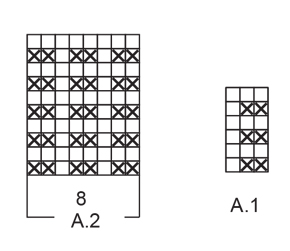 |
|||||||
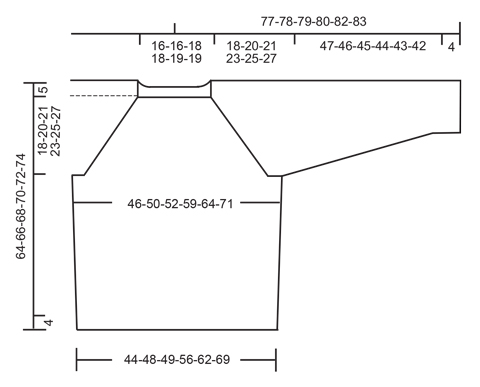 |
|||||||
Have you finished this pattern?Tag your pictures with #dropspattern #twinriversweater or submit them to the #dropsfan gallery. Do you need help with this pattern?You'll find 25 tutorial videos, a Comments/Questions area and more by visiting the pattern on garnstudio.com. © 1982-2025 DROPS Design A/S. We reserve all rights. This document, including all its sub-sections, has copyrights. Read more about what you can do with our patterns at the bottom of each pattern on our site. |
|||||||







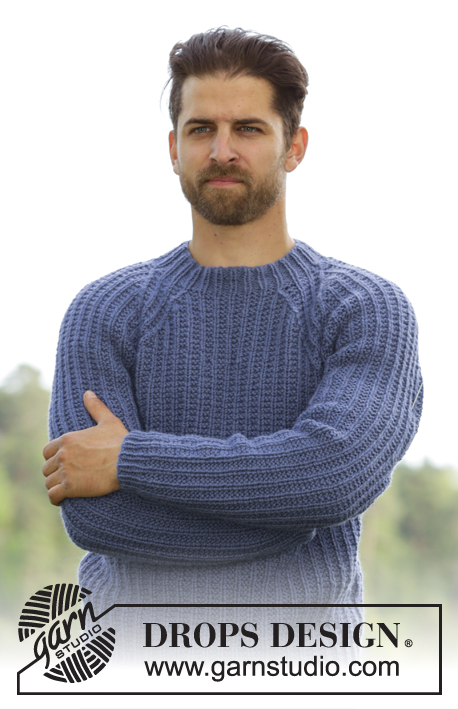
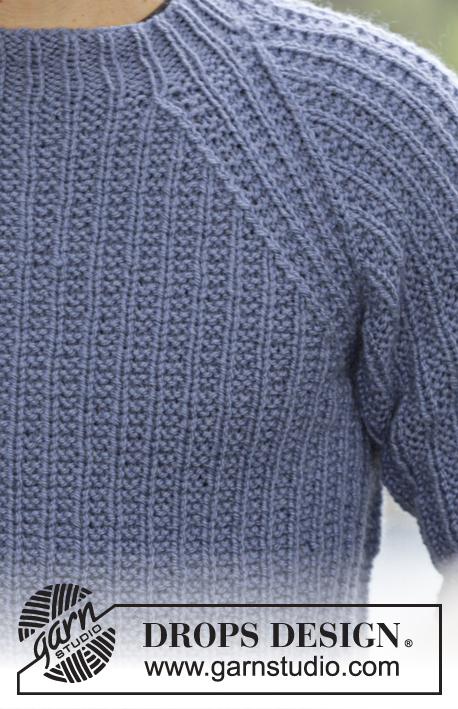

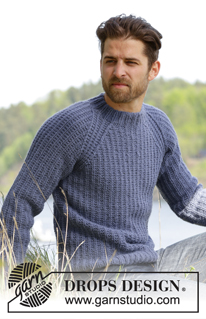
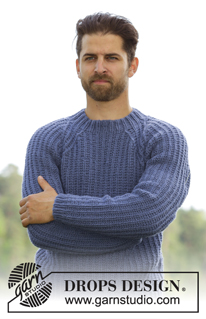
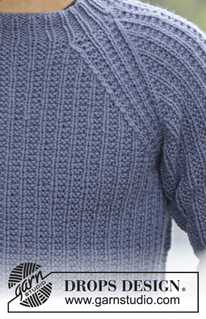







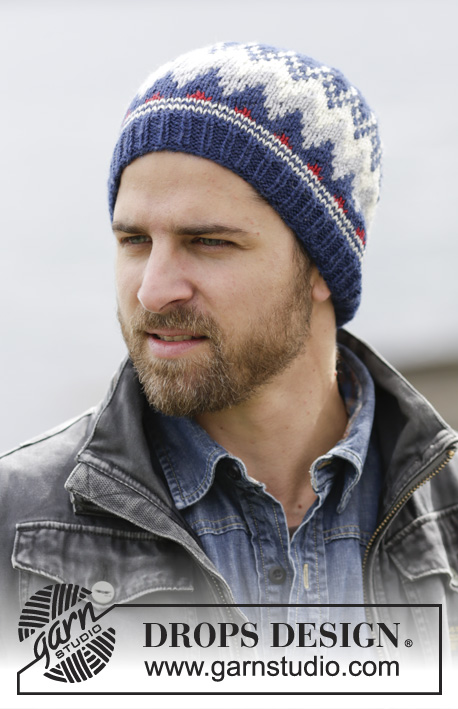

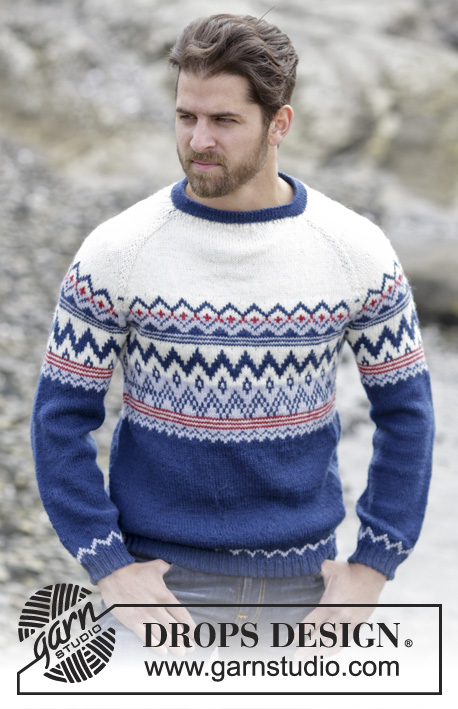







































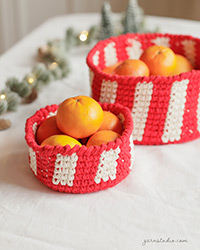
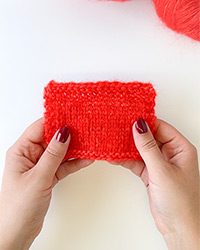
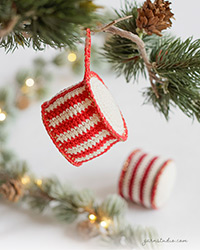



Post a comment to pattern DROPS 174-14
We would love to hear what you have to say about this pattern!
If you want to leave a question, please make sure you select the correct category in the form below, to speed up the answering process. Required fields are marked *.